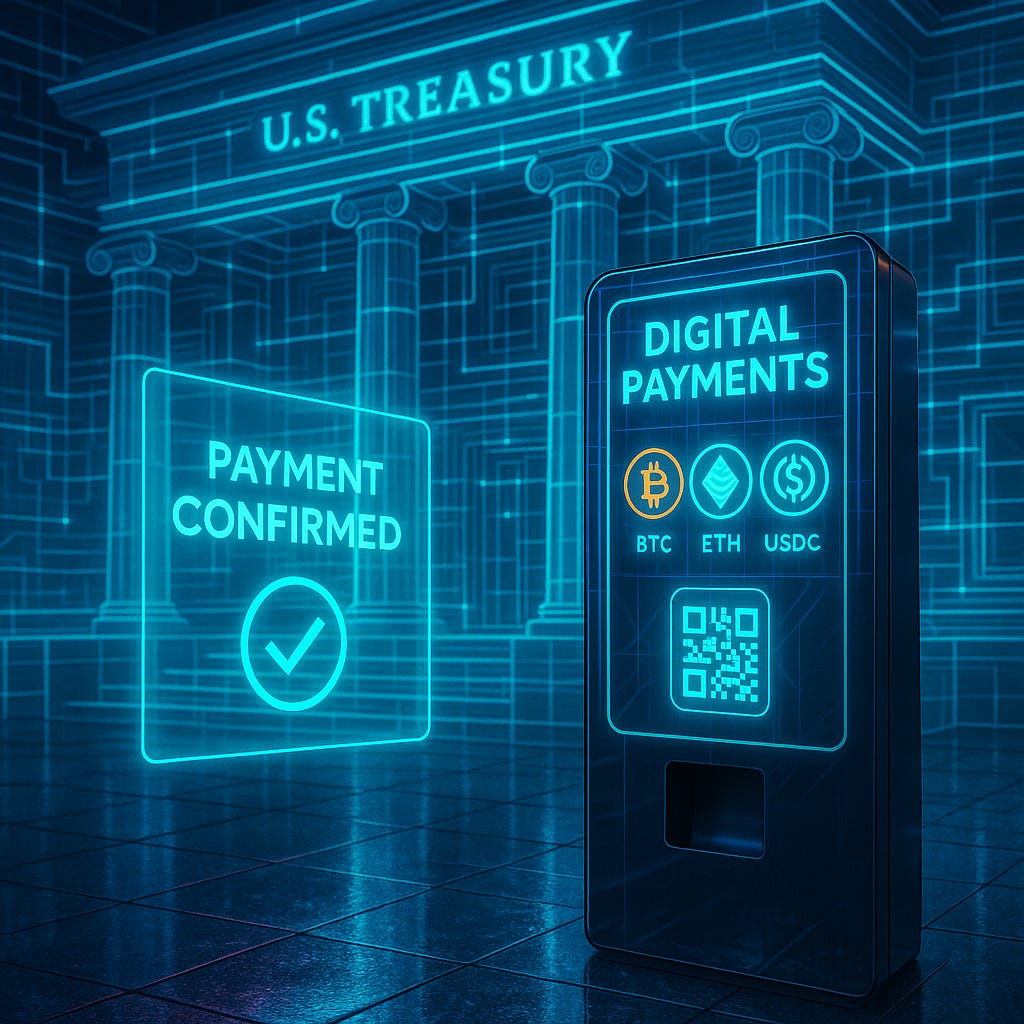Trump’s Executive Order Says Goodbye to Government Checks
Here’s What That Means
President Trump signed an executive order on March 25th titled “Modernizing Payments To and From America’s Bank Account.” It directs the Treasury Secretary—Scott Bessent, as of this writing—to implement a plan to eliminate paper checks and require all payments to and from the federal government to be made electronically by September 30th.
This would require all government departments and agencies to issue payments via electronic methods such as direct deposit, debit cards, or digital wallets. Payments made to the federal government must also be made electronically.
The executive order states: “The continued use of paper-based payments by the Federal Government, including checks and money orders, flowing into and out of the United States General Fund, which might be thought of as America’s bank account, imposes unnecessary costs; delays; and risks of fraud, lost payments, theft, and inefficiencies.”
When I first read this, I had two immediate reactions. First: great—I'm all for making things more efficient through smart use of technology. But second: what about the people who can’t or don’t use technology?
Not only will this be more efficient, but it will also cut down on check fraud and identity theft, which is becoming more common. Last year, two former postal workers were charged with stealing US Treasury Checks from the JFK airport mail facility. (Read More)
The executive order does allow for exceptions. Exceptions are made for:
Individuals who do not have access to banking services or electronic payment systems
Emergency payments where electronic disbursement would cause undue hardship (31 C.F.R. Part 208)
National security and law enforcement activities where non-electronic transactions are necessary
Other circumstances, as determined by the Secretary of the Treasury
For many of us, it is difficult to understand that there are people in this country without smartphones, access to the internet, or even a bank account. NTIA data showed that in 2023, 12% of households did not have an internet connection, down from 14% in 2021. In 2023, the FDIC data shows that 4.2% or 5.6 million households are unbanked (meaning having no bank account).
Another group that is not often discussed is those who do not want to make electronic payments to or receive electronic payments from the US government for various reasons. Over the years, I have had several clients who found the idea of the IRS knowing that they had a bank account and where it was to be an “invasion of privacy.” Explaining the benefits of electronic payments and deposits is crucial for those types of clients.
I always highlight the following benefits to clients:
Electronic payments are faster (tax payments, tax refunds, etc.)
The risk of errors is reduced
It is more secure than sending and receiving checks via the mail
I look at electronic payments the same way I look at electronic filing. If you can do it, then you 100% should. I still have trauma from seeing tractor-trailers of mail being unprocessed at the IRS processing center in Ogden, UT.
As this policy rolls out, I’ll be very interested in how it’s implemented—and how exceptions are handled. If done right, we could finally bring a more efficient and secure approach to government payments. But it has to work for everyone, not just those who are tech-savvy and banked.




My husband refuses to use a cell phone or computer. He's 74 so I'm not going to change his ways anytime soon. LOL